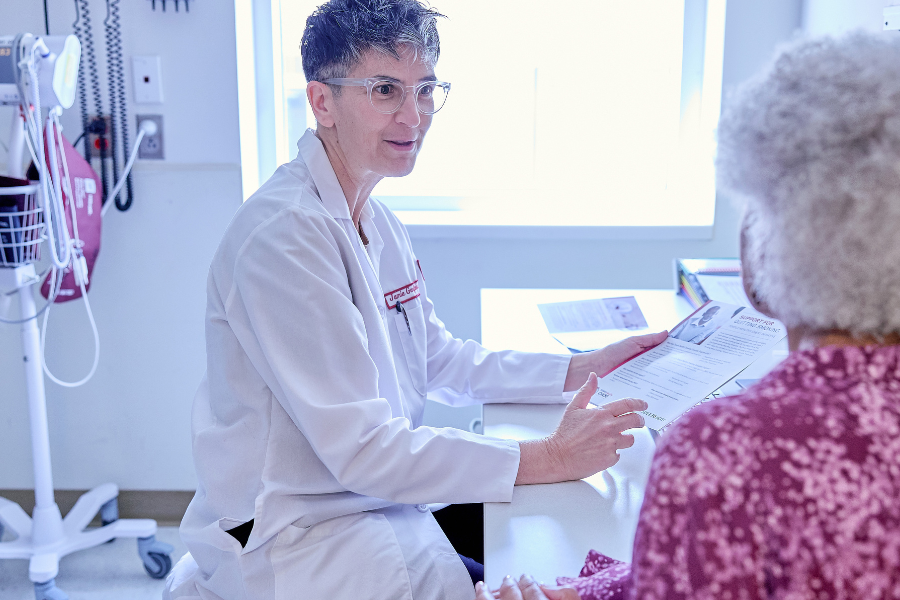Myth #1
American Doctors Make the Diagnosis of Celiac Disease with 100% Accuracy
Accurate diagnosis of celiac disease is made in only one of six cases; just over 16%. The long-term consequences of untreated celiac disease are serious and include osteoporosis, anemia, malignancy-like lymphoma, neurological disease and coronary artery disease.
Myth #2
Eating a Gluten-Free Diet Is Always a Healthy Choice for Celiac Sufferers
If you avoid wheat, barley, rye, malt, brewer's yeast and oats, you may not be getting all of the necessary nutrients. A gluten-free diet is low in fiber, iron and calcium. However, several alternative ingredients can replace those nutrients. The celiac fiber alternative, amaranth, is good for soups, stews and granola bars. Millet can be used in salads or as an alternative to rice. Quinoa, too, is a rice substitute. Buckwheat can be cooked and used to stuff acorn squash or in pancakes. And teff is a high fiber alternative that can be used for polenta and pancakes.
Myth #3
The FDA Gluten-Free Labeling Rule Applies to All Food Products & Beverages
Meat, eggs, wines over 7% alcohol and malted beverages are not regulated by the FDA but rather by the TTB, the Alcohol and Tobacco Tax and Trade Bureau. Restaurants are recommended to provide gluten-free labeling, but are not required to do so. Remember that coffee and corn are naturally gluten-free. The free app Gluten-Free Allergy-Free Marketplace is a great option for tracking your diet and symptoms, creating shopping lists, finding recipes and learning about the condition.
Myth #4
All People with Celiac Disease Have the Same Symptoms & Findings
This is a complete misconception. About 50% of celiac sufferers have abdomen pain and nearly as many experience fatigue. About 25% have brain fog, bloating, diarrhea, depression and anxiety. Others have constipation, joint pain, skin conditions or no symptoms at all. Celiac disease may be confused with irritable bowel syndrome (IBS), bacterial overgrowth syndrome and iron deficiency anemia.
Myth #5
There Is No Hope for Medicines to Relieve Symptoms & Reduce Long-Term Complications from Celiac Disease
New medicine is on the horizon. Larazotide may decrease intestinal permeability, while Nexvax2 is being developed to increase immune tolerance by using three peptides associated with the most common genetics of celiac patients: HLA DQ2. These medicines are years away but promise relief for celiac sufferers.
What is not a myth is that 45% of patients report that it took five years or more after symptoms appeared to be diagnosed.
It is hard to believe that only 21% of those with celiac disease were diagnosed in the first year. 70% of people are sick for three days or more after eating gluten and 8% are sick for two weeks. More than 20 symptoms have been reported by celiac patients—many causing children to miss school and adults to miss work.
Please speak to your physician about treatment alternatives for this serious, vastly under-recognized disease.

